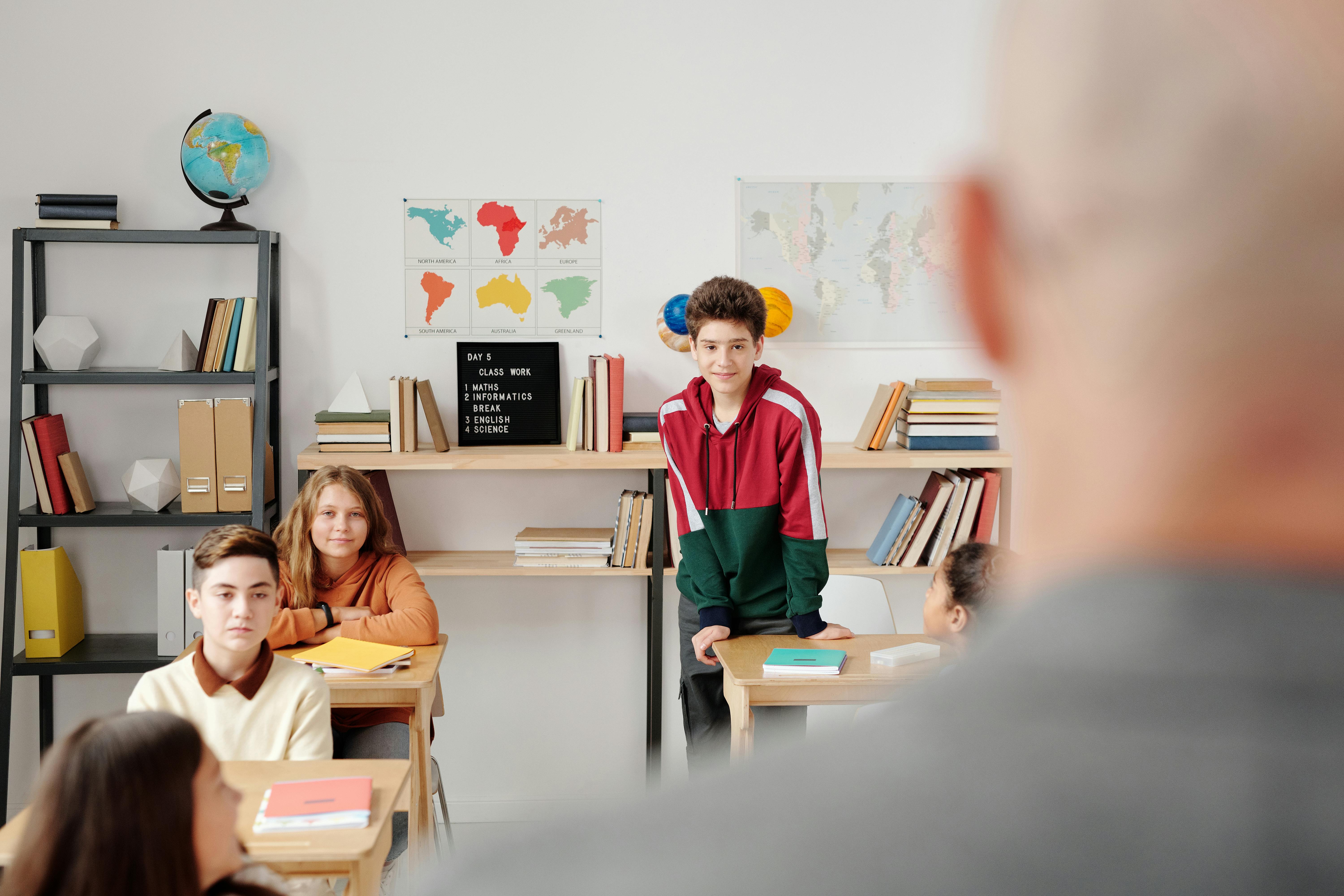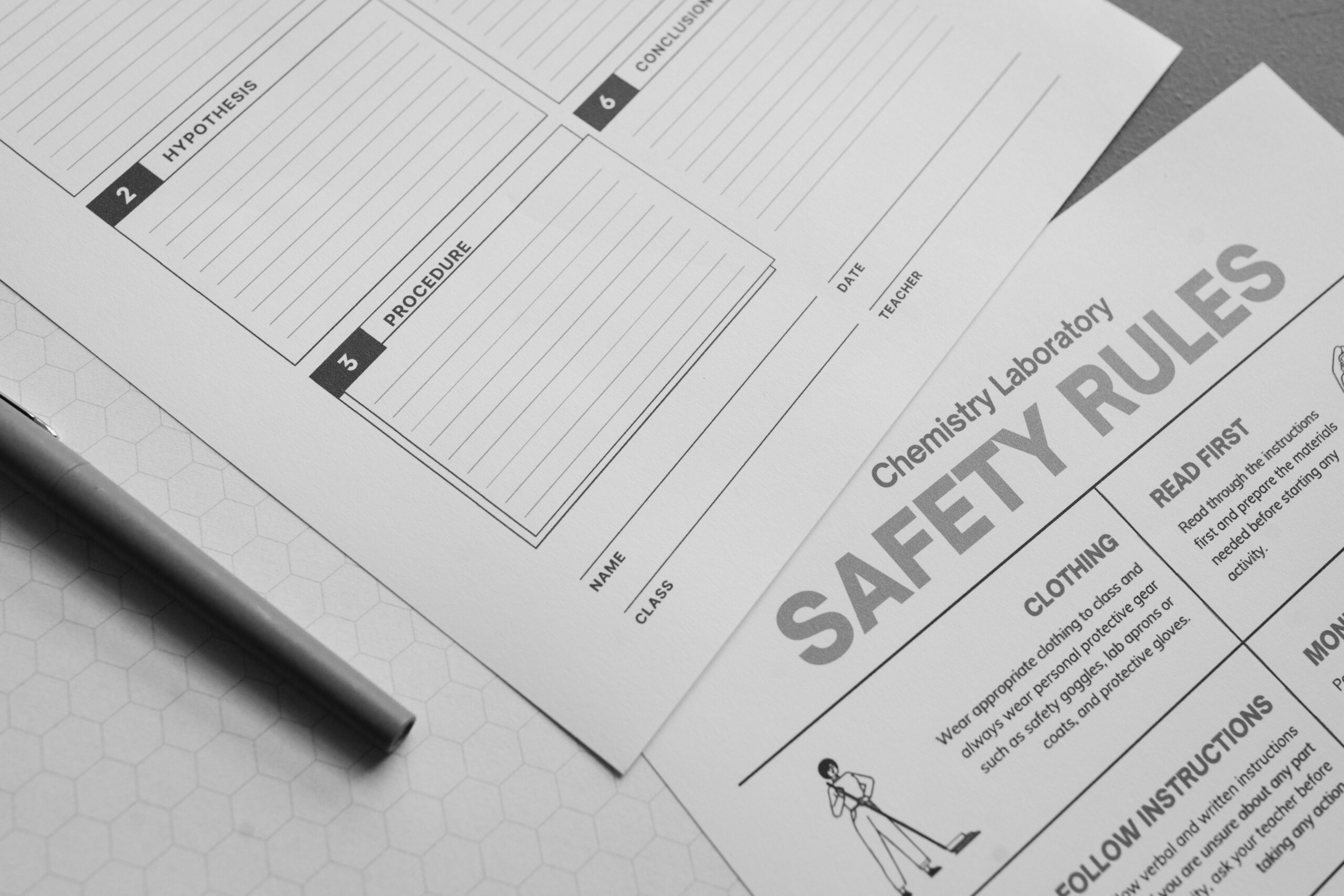Comprehensive Grade 3 Science Lessons PDF for Teachers and Students
As education continues to evolve, understanding the science curriculum for younger students is vital. Grade 3 science lessons form the foundation for developing scientific curiosity and skills. This guide will walk you through key concepts, practical implementations, and advanced strategies to enhance science learning for third graders.

Understanding the Fundamentals of Grade 3 Science
Grade 3 science lessons provide students with an introduction to essential scientific concepts, ranging from the study of living organisms to understanding physical properties and forces. These lessons serve as building blocks for more complex science topics in later grades.
The primary goal in third grade science is to make abstract ideas tangible through experiments, demonstrations, and activities. This approach helps students engage with the material in a meaningful way, laying the groundwork for future academic success.
1.1 Exploring the Natural World
The first core principle in grade 3 science is understanding the world around us. Students explore topics like plants, animals, ecosystems, and the environment. Through engaging lessons, they learn about how living organisms interact with their surroundings and the importance of environmental stewardship.
For example, students might investigate how plants grow by conducting simple experiments with soil, light, and water. These lessons emphasize observation and recording, which are critical scientific skills at this stage of development.
1.2 Forces and Motion
In addition to studying life sciences, grade 3 science introduces basic principles of physics, including forces and motion. Students observe how objects move and how forces, such as gravity, affect these movements. Simple experiments, like rolling a ball down a ramp, help children visualize these concepts in action.
This topic also ties into basic engineering concepts, where students can learn about designing simple machines. By understanding forces and motion, third graders can begin to appreciate how the physical world operates.
Practical Implementation Guide for Grade 3 Science Lessons
Applying the fundamental principles of grade 3 science lessons requires thoughtful preparation and hands-on activities. Teachers can maximize student engagement by incorporating interactive lessons that make science fun and easy to understand.

2.1 Actionable Steps for Effective Science Lessons
- Start with a clear learning objective: Make sure the lesson has a specific goal that students can understand, such as “Understanding the Water Cycle.”
- Incorporate hands-on experiments: For example, demonstrate how evaporation works using simple materials like a bowl of water, a heat source, and a fan.
- Utilize visual aids: Charts, diagrams, and videos can support verbal explanations, making abstract ideas more concrete.
2.2 Overcoming Common Challenges in Science Education
Despite the engaging nature of science, teachers often face challenges in delivering complex topics to young learners. Some of the most common obstacles include limited resources and varying student engagement levels.
Solutions to these challenges include:
- Using free or low-cost materials for experiments, such as recycled items or household objects.
- Incorporating group activities to foster collaboration and enhance student participation.
- Providing differentiated instruction to accommodate diverse learning styles and abilities.
Advanced Applications of Grade 3 Science Principles
Once students have mastered the basics, it’s time to explore more advanced science concepts that build on their foundational knowledge. This section dives deeper into ways teachers can elevate the learning experience through complex applications.

3.1 Integrating Technology in Science Lessons
Integrating technology into grade 3 science lessons can enhance engagement and broaden students’ understanding. Tools like interactive simulations and virtual field trips allow students to explore topics that are difficult to replicate in a classroom setting. For example, using virtual reality (VR) to simulate space exploration or animal habitats can bring science lessons to life.
Teachers can also use educational apps that promote inquiry-based learning, where students can ask questions, conduct virtual experiments, and receive instant feedback on their findings.
3.2 Collaborative Projects for Real-World Science
To encourage critical thinking and teamwork, teachers can introduce collaborative science projects. These projects help students apply their knowledge in practical ways and prepare them for more complex tasks in higher grades. For example, students can work together to create a model of the solar system or simulate a local ecosystem.
Such projects also encourage creativity, as students find innovative solutions to challenges. Collaboration fosters a deeper understanding of how science works in the real world, beyond the textbook.
Future Outlook for Grade 3 Science Education
As the landscape of education continues to evolve, the future of grade 3 science lessons is likely to be shaped by advancements in technology and an increasing emphasis on interdisciplinary learning. The integration of STEM (Science, Technology, Engineering, and Mathematics) concepts will be key in developing future-ready students.
Looking ahead, it’s crucial for teachers to remain adaptable and continuously update their teaching strategies to align with these changes. Preparing students for the future means helping them develop the problem-solving and critical thinking skills they will need in an increasingly technology-driven world.
Conclusion
Grade 3 science lessons lay the groundwork for a lifetime of curiosity and exploration. By focusing on the core principles of science and utilizing practical, hands-on teaching methods, educators can ignite a passion for learning that will continue to grow throughout students’ academic careers.
Start applying these strategies in your classroom today. Whether you’re a teacher looking to refresh your lesson plans or a parent eager to support your child’s scientific journey, embracing these resources will lead to tangible results and deeper engagement in science learning.
Frequently Asked Questions
- Q: How do I get started with teaching science to third graders? Start by focusing on simple, interactive activities. Hands-on experiments and visual aids can make abstract concepts easier to understand.
- Q: What materials do I need for grade 3 science experiments? Many experiments can be conducted using common household items like water, soil, seeds, and simple tools. There are also many free online resources for additional ideas.
- Q: How long should each science lesson be? Science lessons for third graders should typically last 30-45 minutes. This duration allows enough time for hands-on activities and meaningful discussions.
- Q: Are there any costs associated with grade 3 science lessons? The cost can vary depending on the resources you choose. Many free resources and activities are available online, but some specialized materials may require a budget.
- Q: How do grade 3 science lessons compare to higher grades? Third-grade science focuses on foundational concepts, while higher grades build on these ideas with more advanced topics like chemistry, physics, and environmental science.
- Q: What skills do students develop from grade 3 science? Third graders develop observation, critical thinking, problem-solving, and teamwork skills. These abilities form the foundation for future success in science and other subjects.
- Q: How do I integrate technology into my grade 3 science lessons? You can use apps, virtual field trips, and interactive simulations to enhance students’ engagement and understanding of science concepts.
